Let's discover this very particular shot of padel : la Bandeja. here are some advices to understand how to use it and achieve it well.
La bandeja is a blow that only exists at padel. Look no further, other racquet sports do not offer this type of stroke. You can make it cut or brushed. Today we will only talk about the bandeja cut.
First of all, it is important to understand that it is a move that allows players to not to lose the position at the net. Yes it can be an attack but it is better to say to yourself first than the bandeja is a defensive move that must be done “fairly” slowly and precisely.
For anyone coming from tennis, the difference between the smash and the bandeja is on impulse. During a smash we will tend to hit the ball as high as possible while for a bandeja on will accompany the ball in its descent.
Arm work
Positioning the arms correctly is important in all strokes, and the bandeja is no exception to this rule. The dominant hand can be placed in 2 ways. Either by passing the pala in front of the knees to place it in the plateau position (less precise but can be a learning solution), or by preparing directly as if it were a high volley. In one previous forehand volley tutorial, we placed our pala directly in front. For bandejasame thing but backwards.
The non-dominant hand will help with body placement, balance and momentum. We will place it in the direction of the side grid (and not the ball), then we will adjust the height according to the type of ball we want to play. The higher the ball, the more momentum we will need therefore the non-dominant hand will be pulled up before the strike.
Once placed, the arms will only have to help release the strike. This, in the best case, should be done at eye level, slightly in front of you, arm outstretched with the tip of the pala as far as possible from your body. If the ball is too high, we will adjust but keeping this idea of impact with the arm straight.
Leg work
If the legs do not activate, you will be badly placed which could cause a fault. The important thing is to have a good start. During a bandeja the first step with the dominant foot is essential. Once this first step is taken, adjust your position, then take support on the same dominant foot. This press will allow you to control the shot you want to achieve. Fast with the non-dominant foot in the air, control with both feet on the ground. You will notice that the bandeja very often ends in the face. The pressure on the dominant foot therefore allows the forward momentum to regain the position at the net.
Step by Step
Step 1
The resumption of support which will save us reaction time. Always present on all shots when opponents touch the ball.
Step 2
The first step is certainly the most important. Hand and dominant foot at the same time, we place the body in profile, the pala in plateau position, and the non-dominant hand in the direction of the side grid. A 3 in 1 movement.
Step 3
The fit is “hyper” important. Activate your legs quickly to adopt the best position. During this leg adjustment, you will also adjust the height of the non-dominant arm.
Step 4
Suspension. Once you've found the best position, it's time to build up on the dominant leg. It’s like a pause that changes our dynamic from the back to the front. This support can remain on the ground or take off for a bandeja Aerial.
Step 5
The strike. If possible in front of us at eye level, the strike will have to be done in a cut way, point of the pala as far as possible from our body. The end of the gesture will be in a sling, our dominant arm wrapping around our neck.
Once bandeja finished, get back to the net without delay.
To better understand these writings, discover the Bandeja in images, in pictures.
Julien Bondia is a teacher of padel in Tenerife (Spain). Columnist and advisor, he helps you play better through his tutorials and tactical/technical articles padel.




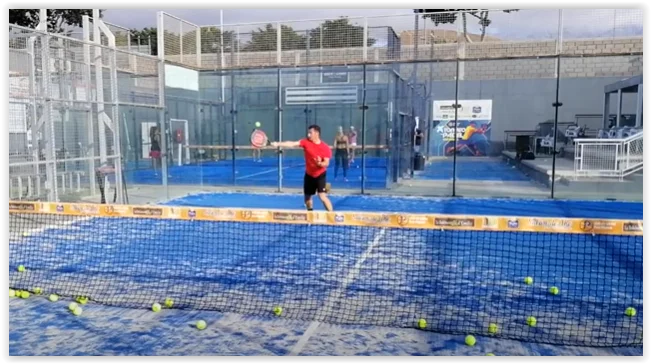













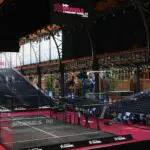
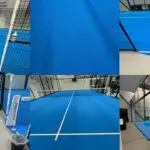
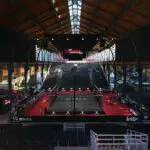








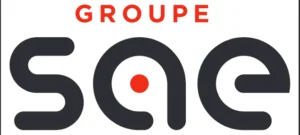




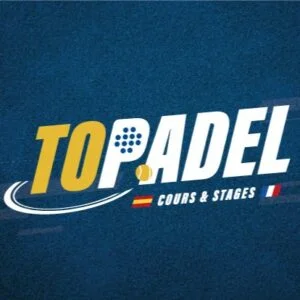



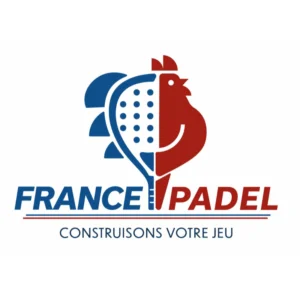
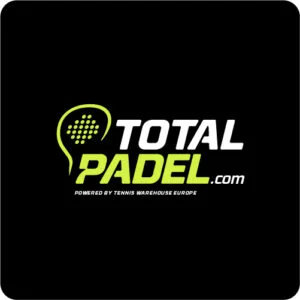

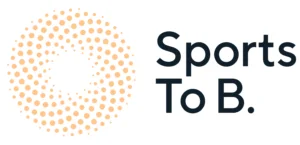

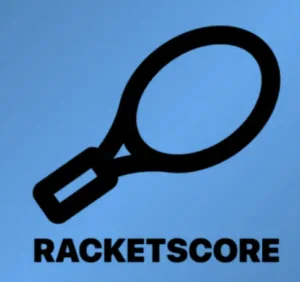
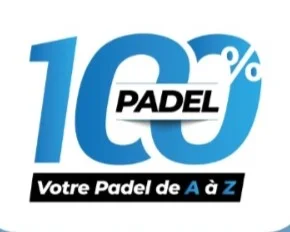
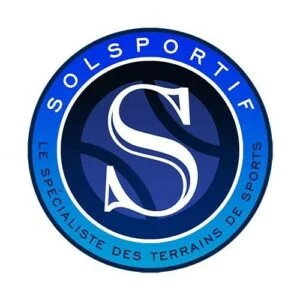

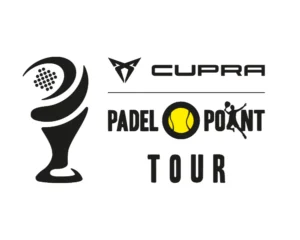





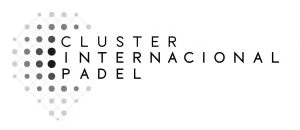

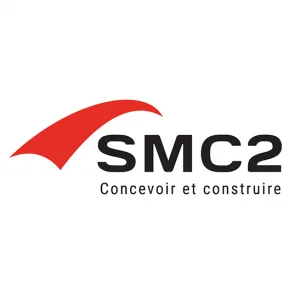

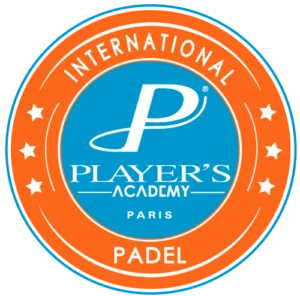
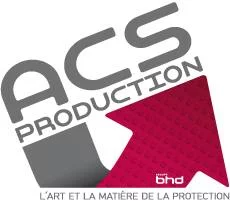
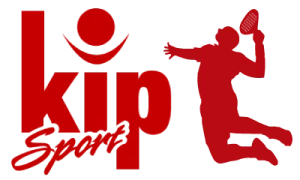



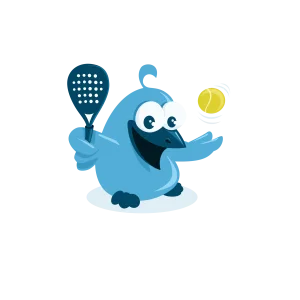


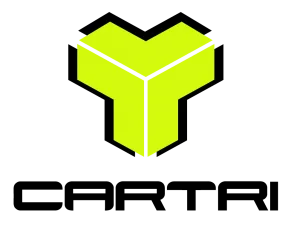

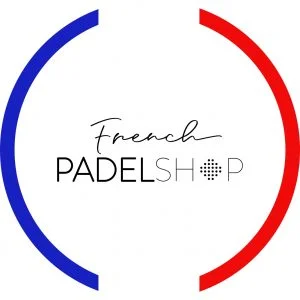
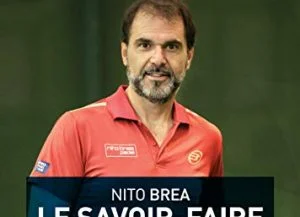
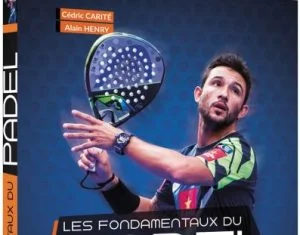



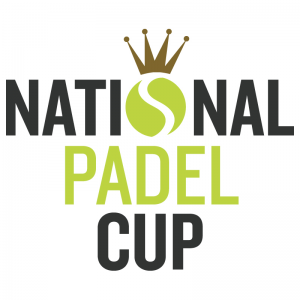
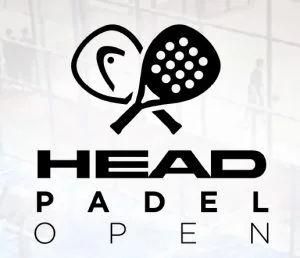

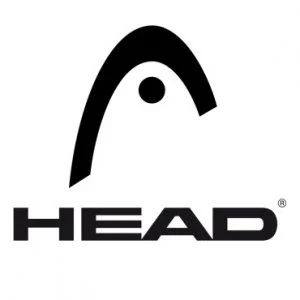


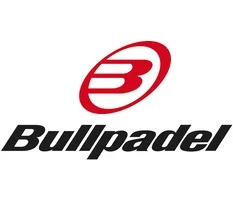
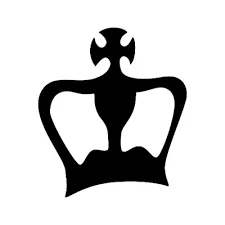



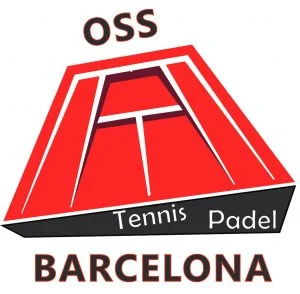
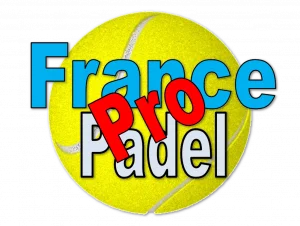


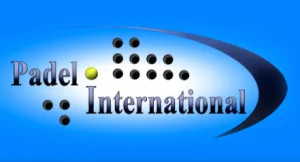

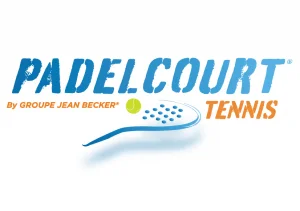
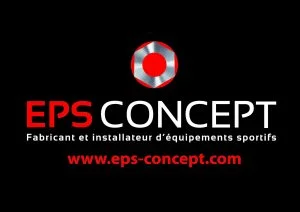


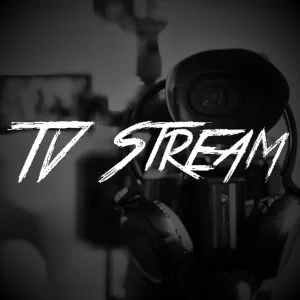
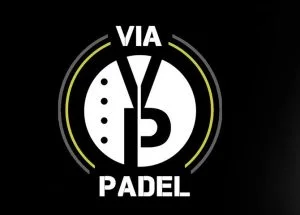




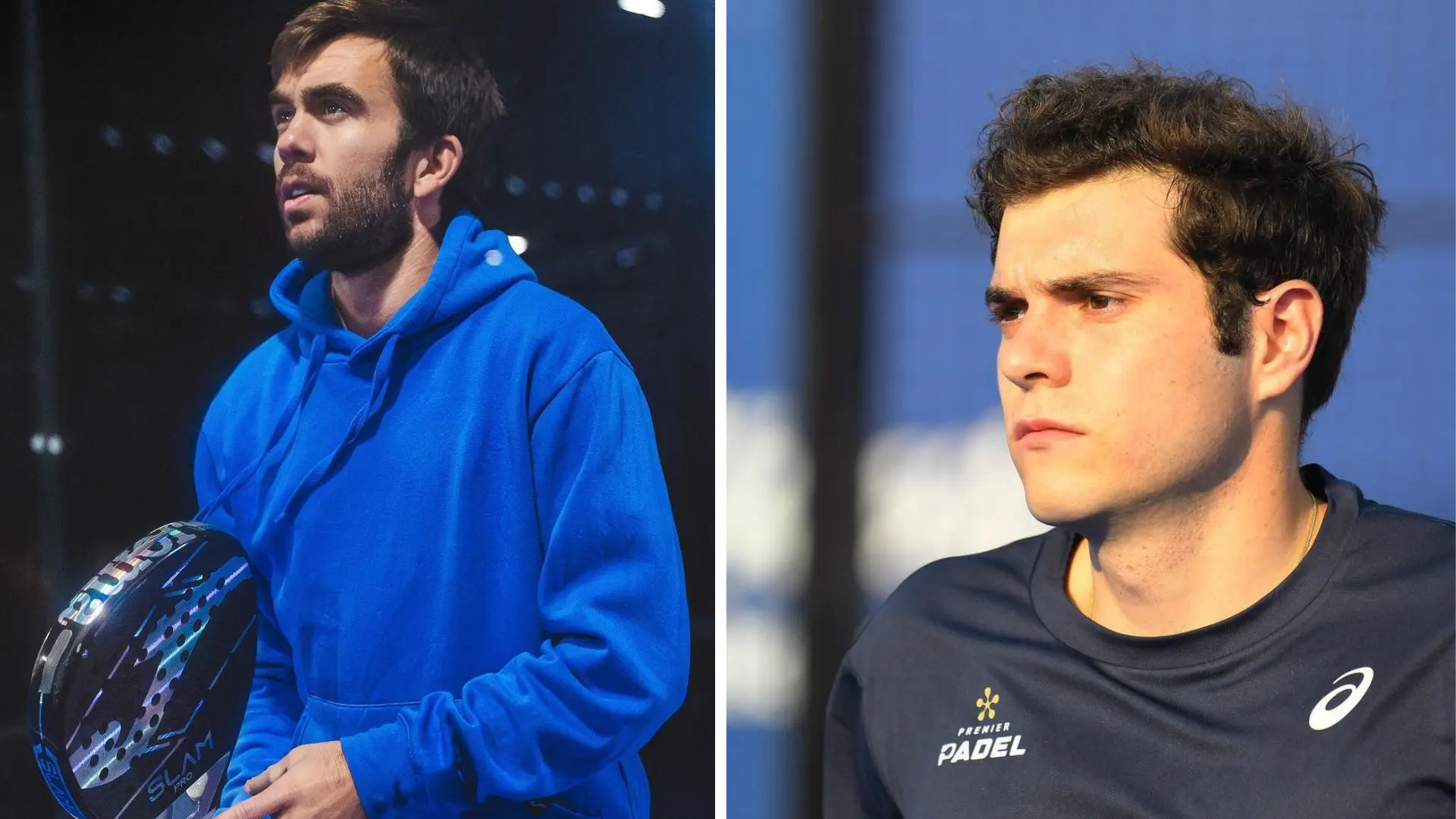 It’s off to a bad start for Pincho Fernandez and Javier Barahona…
It’s off to a bad start for Pincho Fernandez and Javier Barahona…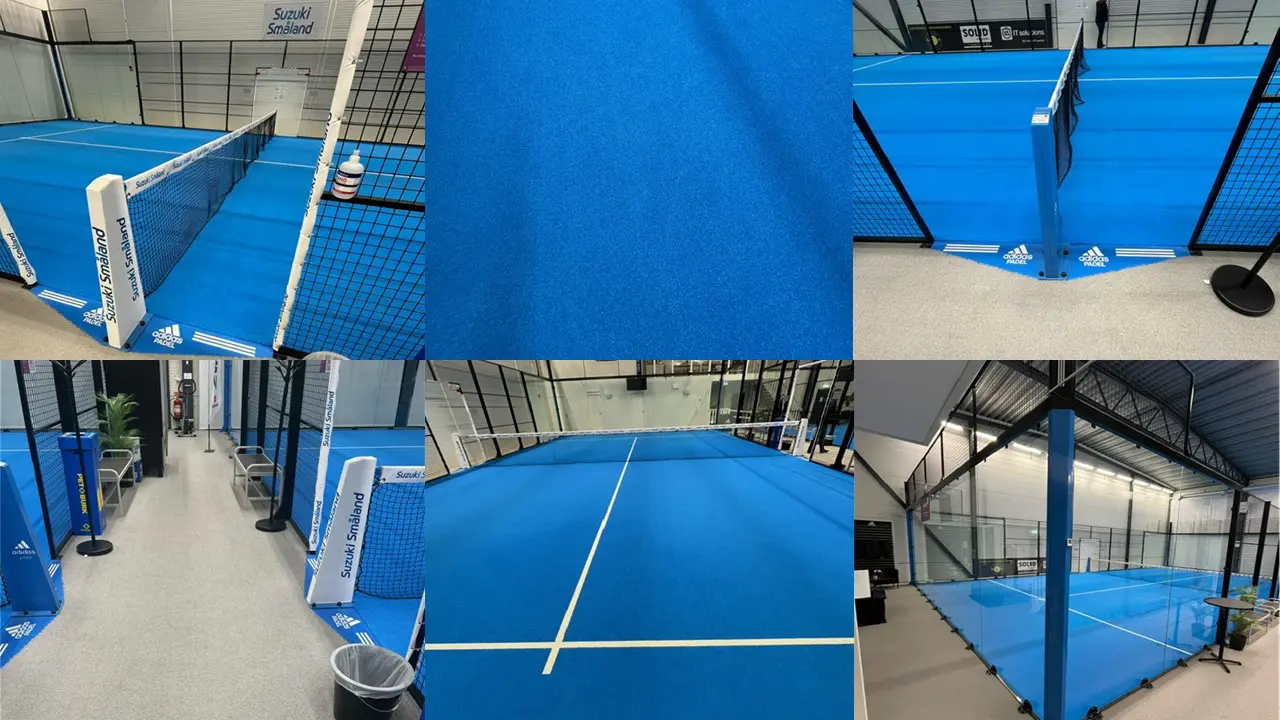 Occasions – Two tracks of padel premium available for sale for €25.000
Occasions – Two tracks of padel premium available for sale for €25.000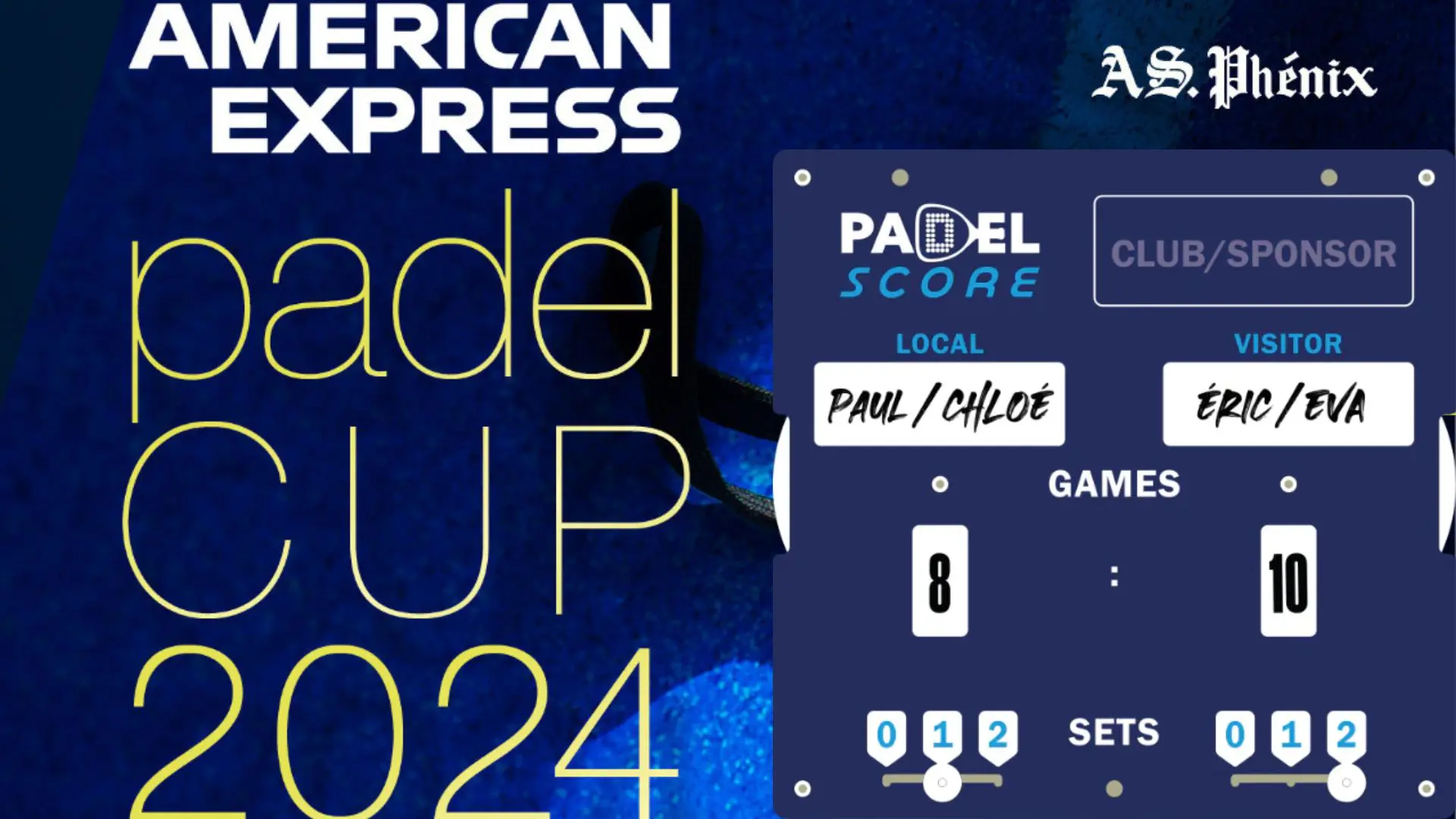 Padel Score comes to Tahiti for American Express Padel Cup!
Padel Score comes to Tahiti for American Express Padel Cup!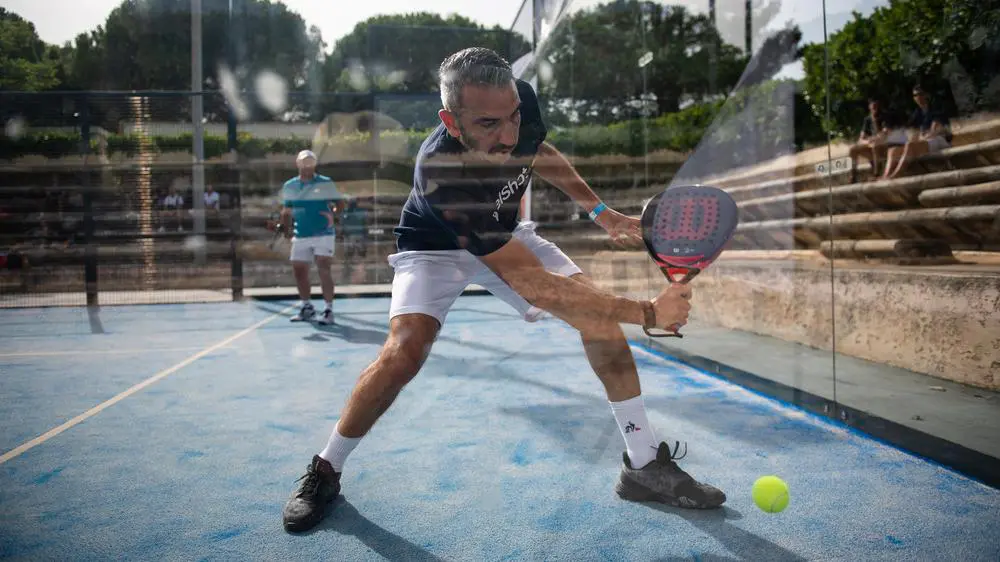 Simon Boissé: “We know that there are two nations in front of us”
Simon Boissé: “We know that there are two nations in front of us”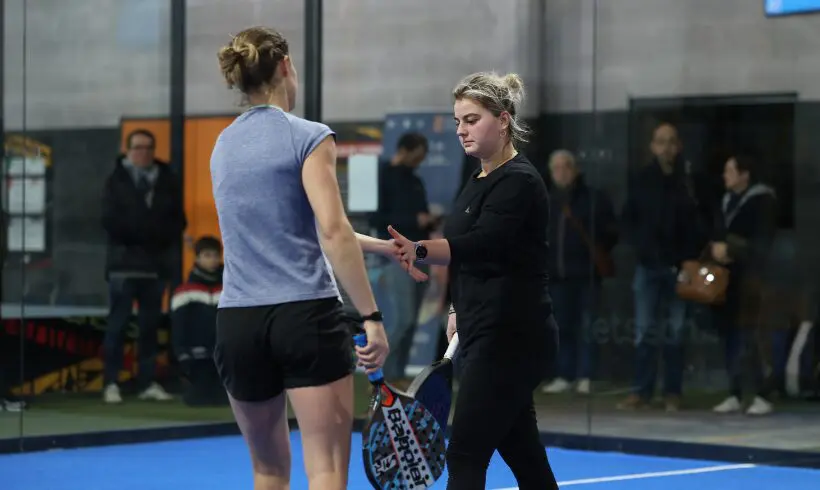 Marie Maligo: “This period of frequent changes of partners was beneficial for me”
Marie Maligo: “This period of frequent changes of partners was beneficial for me”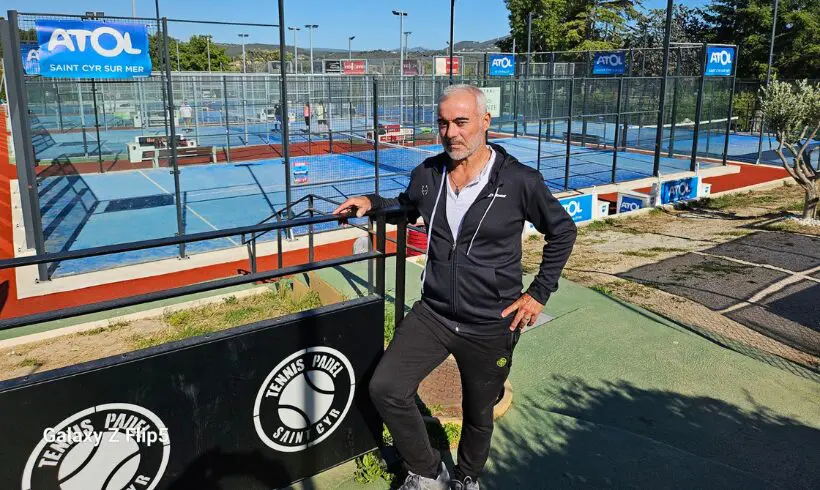 Alain Idier: “Adding tracks of padel, without sacrificing tennis”
Alain Idier: “Adding tracks of padel, without sacrificing tennis”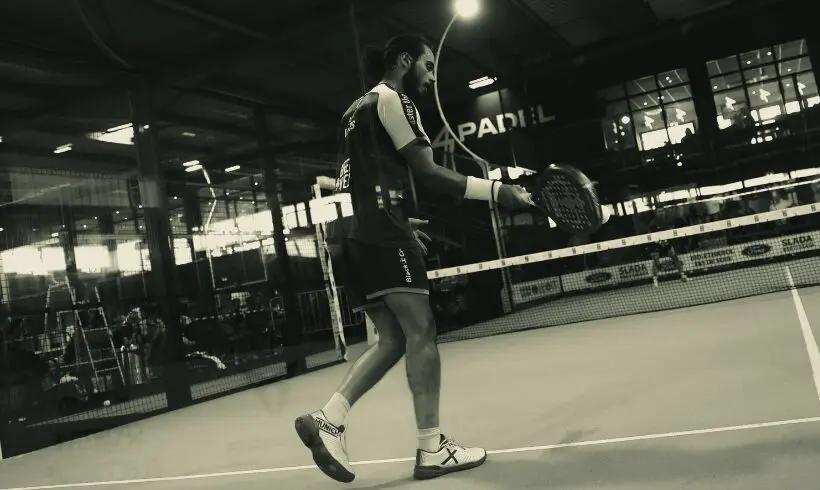 Manuel Vives: “It’s extremely difficult to get by financially”
Manuel Vives: “It’s extremely difficult to get by financially”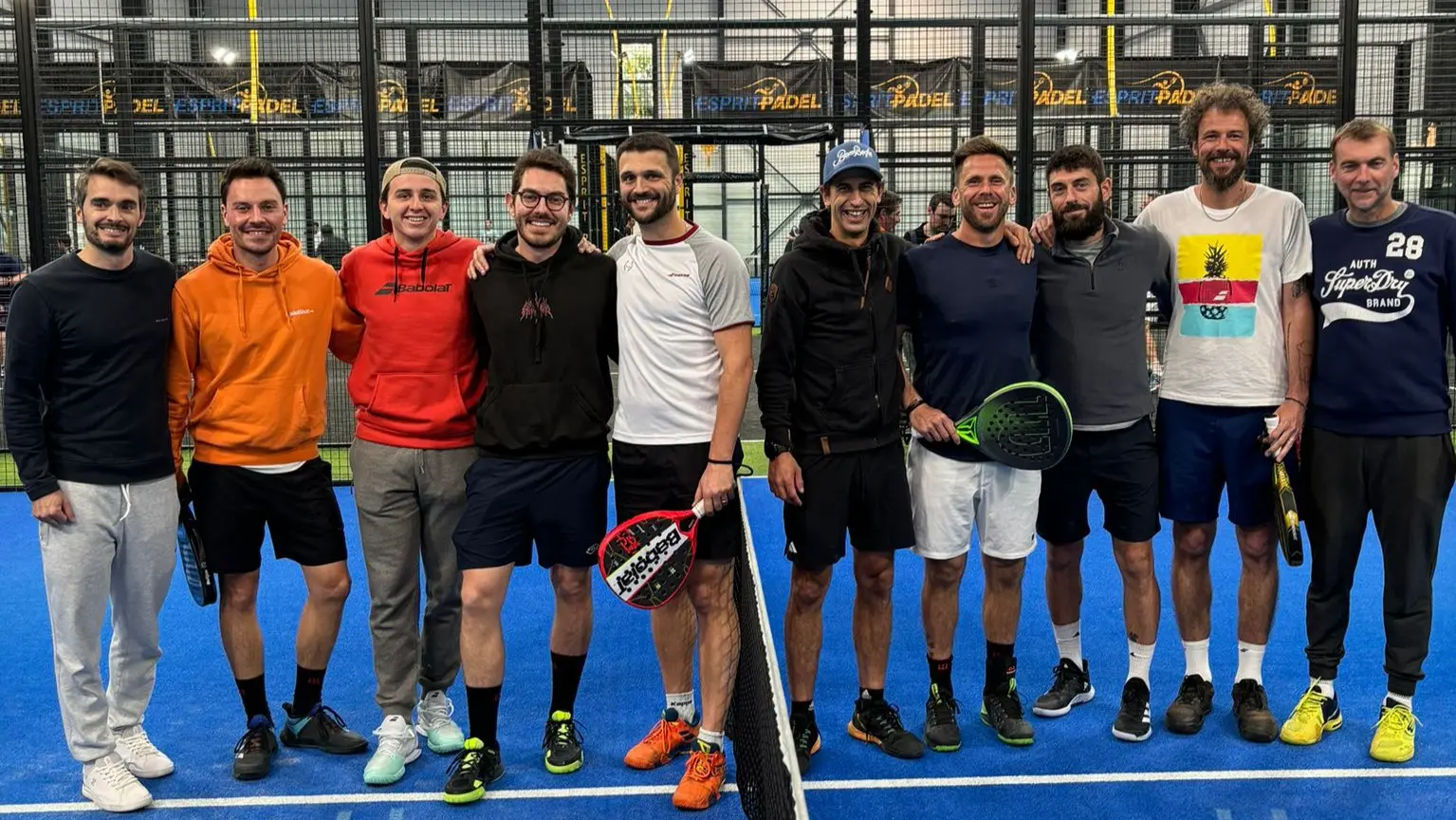 Mind Padel Lyon and the Auvergne Rhône-Alpes League innovate with team tournaments
Mind Padel Lyon and the Auvergne Rhône-Alpes League innovate with team tournaments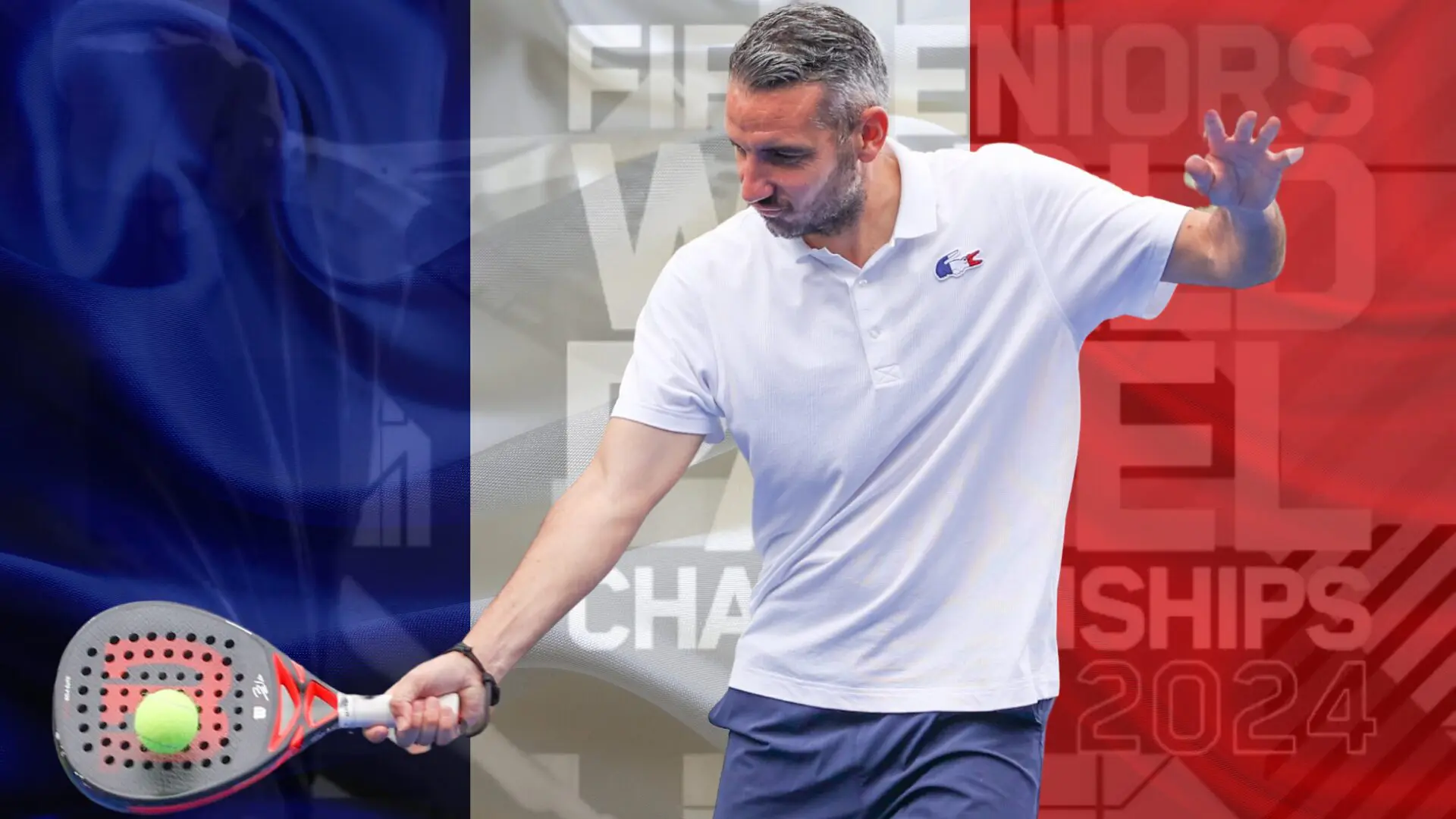 Simon Boissé: “We know that there are two nations in front of us”
Simon Boissé: “We know that there are two nations in front of us”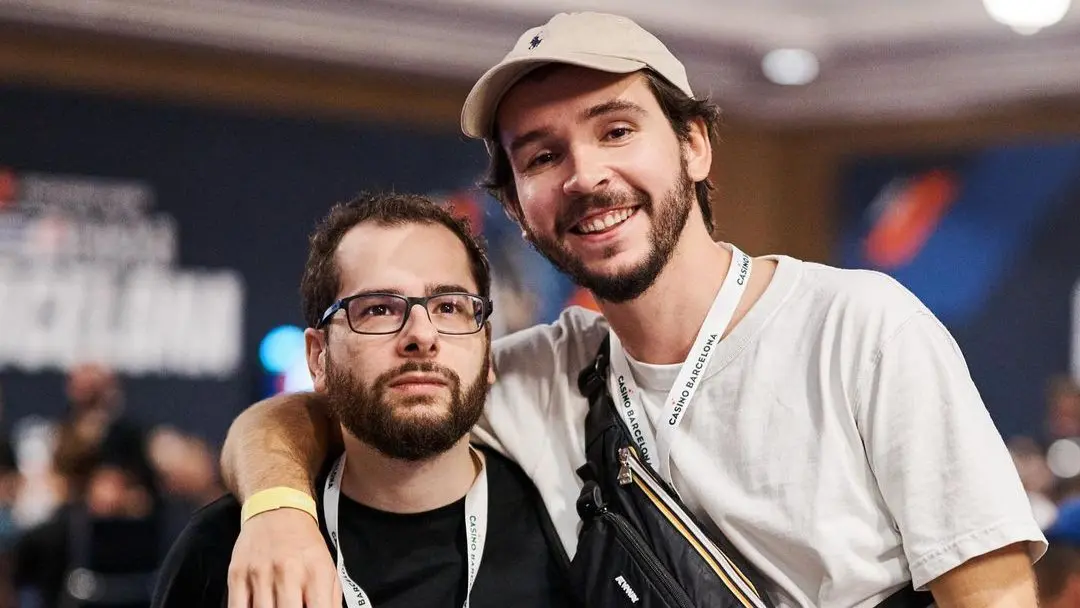 Team PAX (Domingo / Xari) returns to victory
Team PAX (Domingo / Xari) returns to victory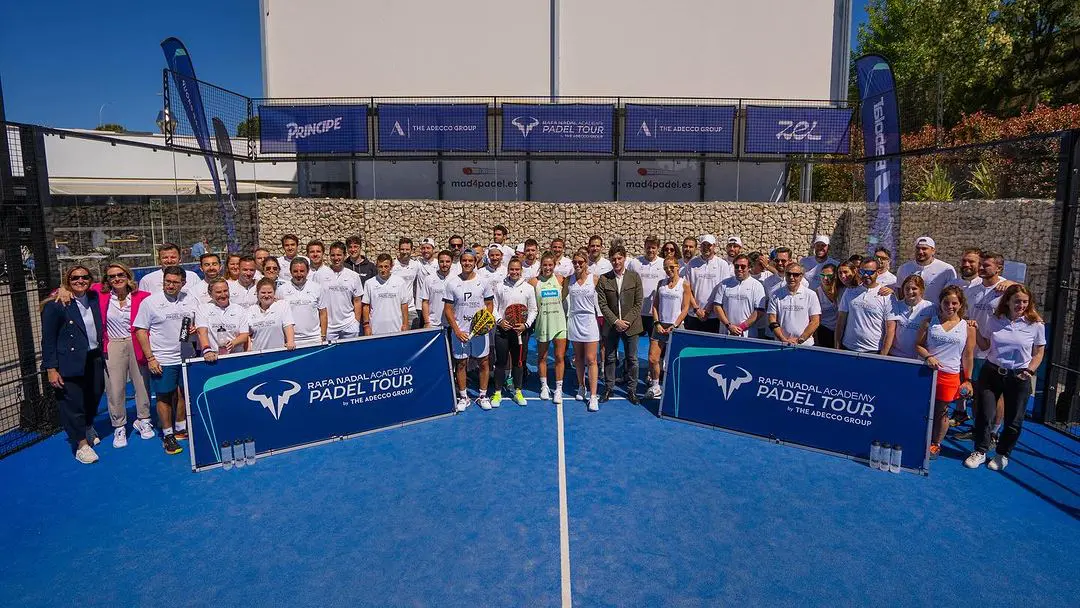 Do you know the Rafa Nadal Academy Tour?
Do you know the Rafa Nadal Academy Tour?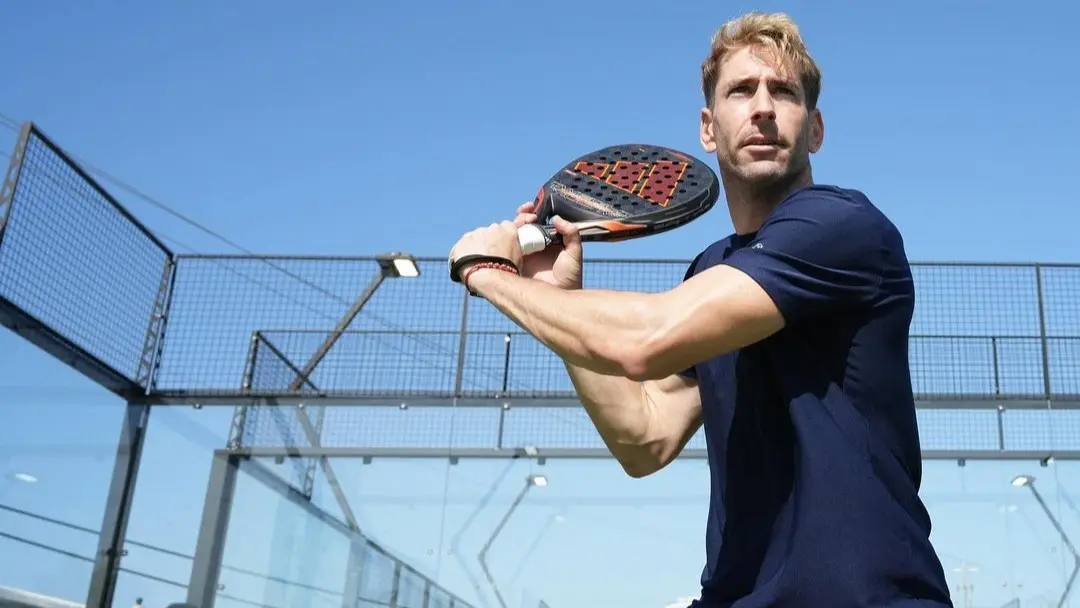 Alex Ruiz: “Finding joy again with Momo”
Alex Ruiz: “Finding joy again with Momo”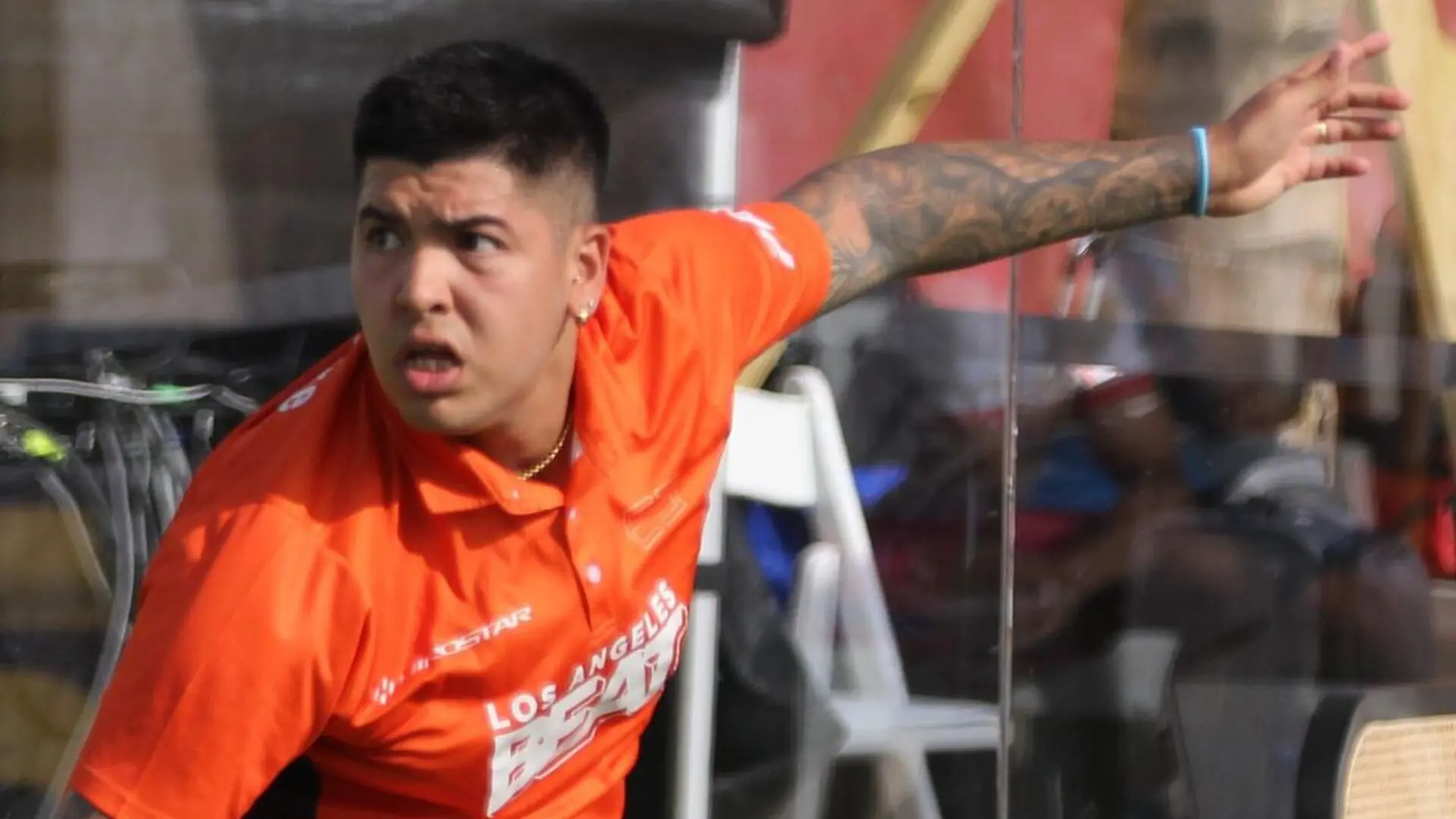 Nerone: “Tolito is not a normal player”
Nerone: “Tolito is not a normal player”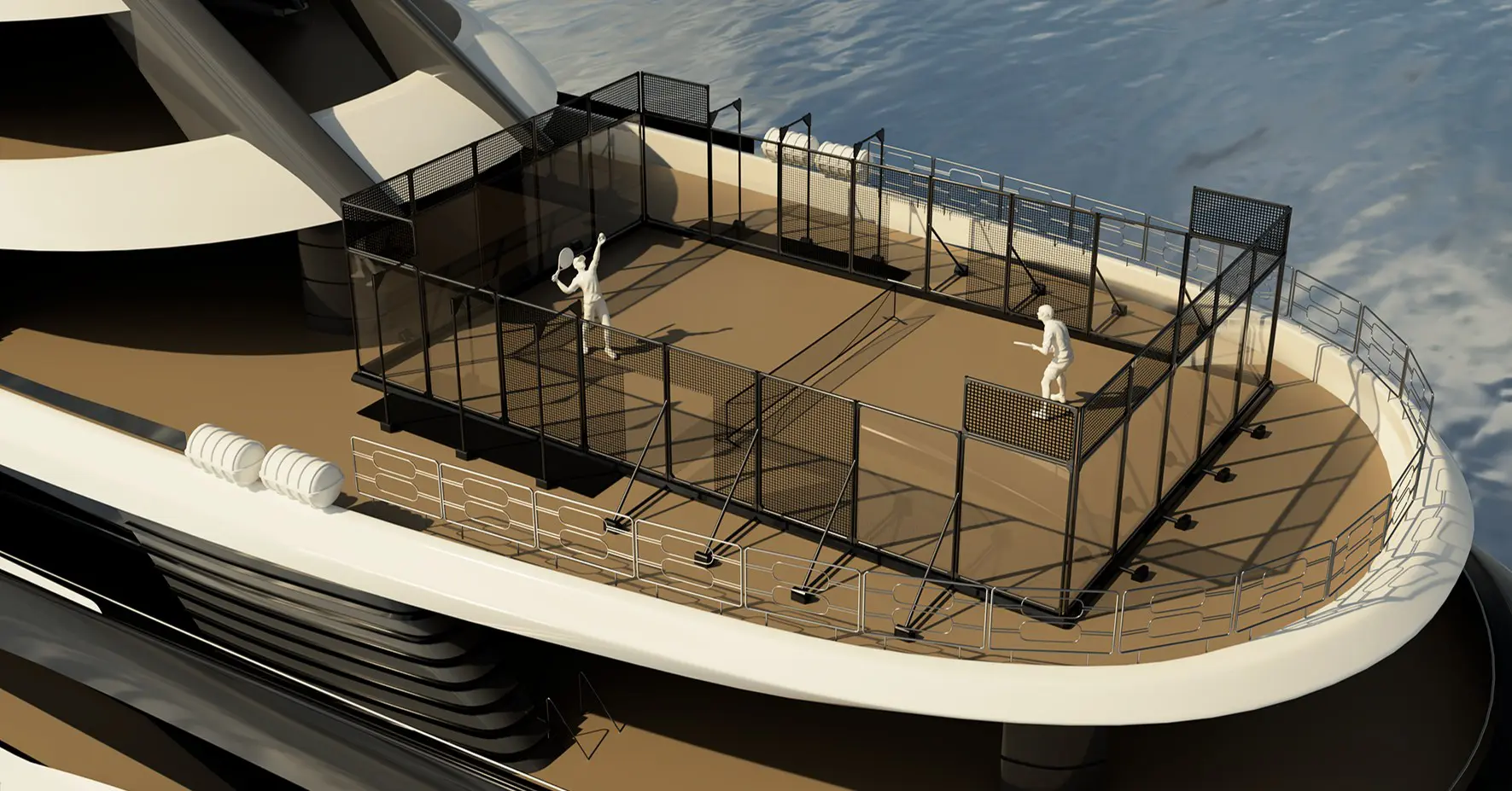 Play at padel on his yacht? Possible for €233.000!
Play at padel on his yacht? Possible for €233.000!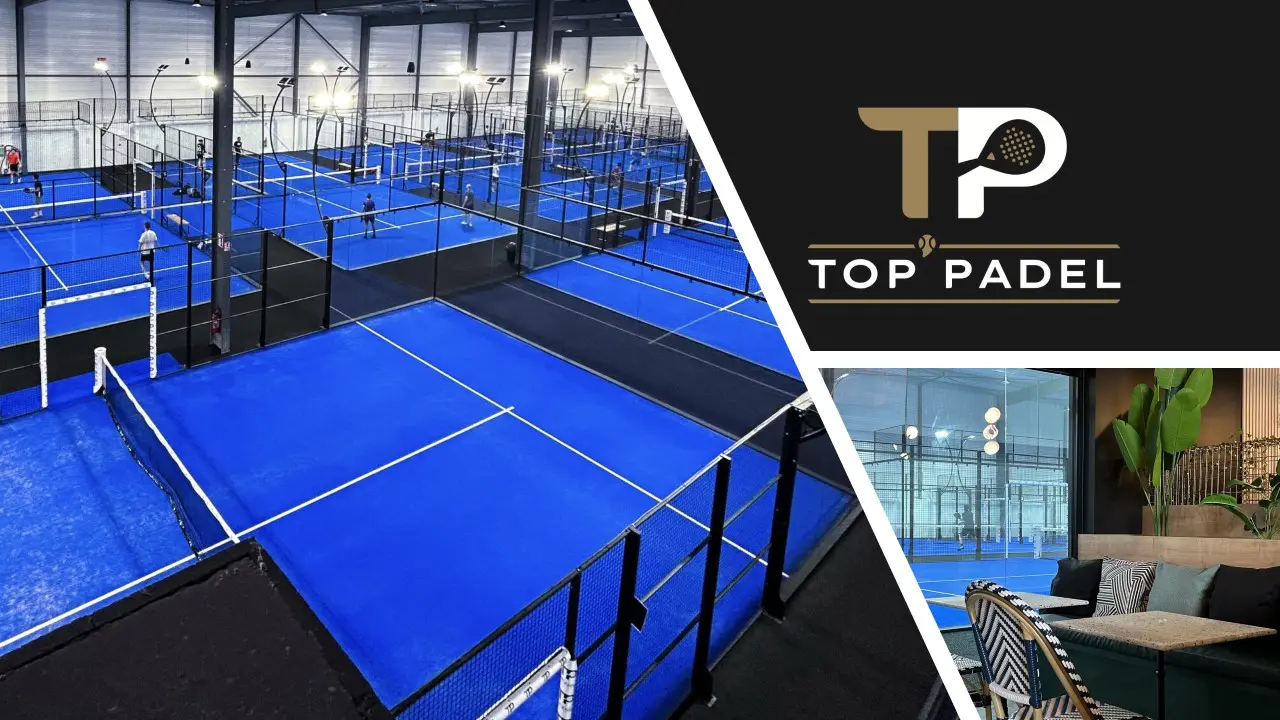 TOP Padel : “A premium club with 10 slopes in Toulouse”
TOP Padel : “A premium club with 10 slopes in Toulouse”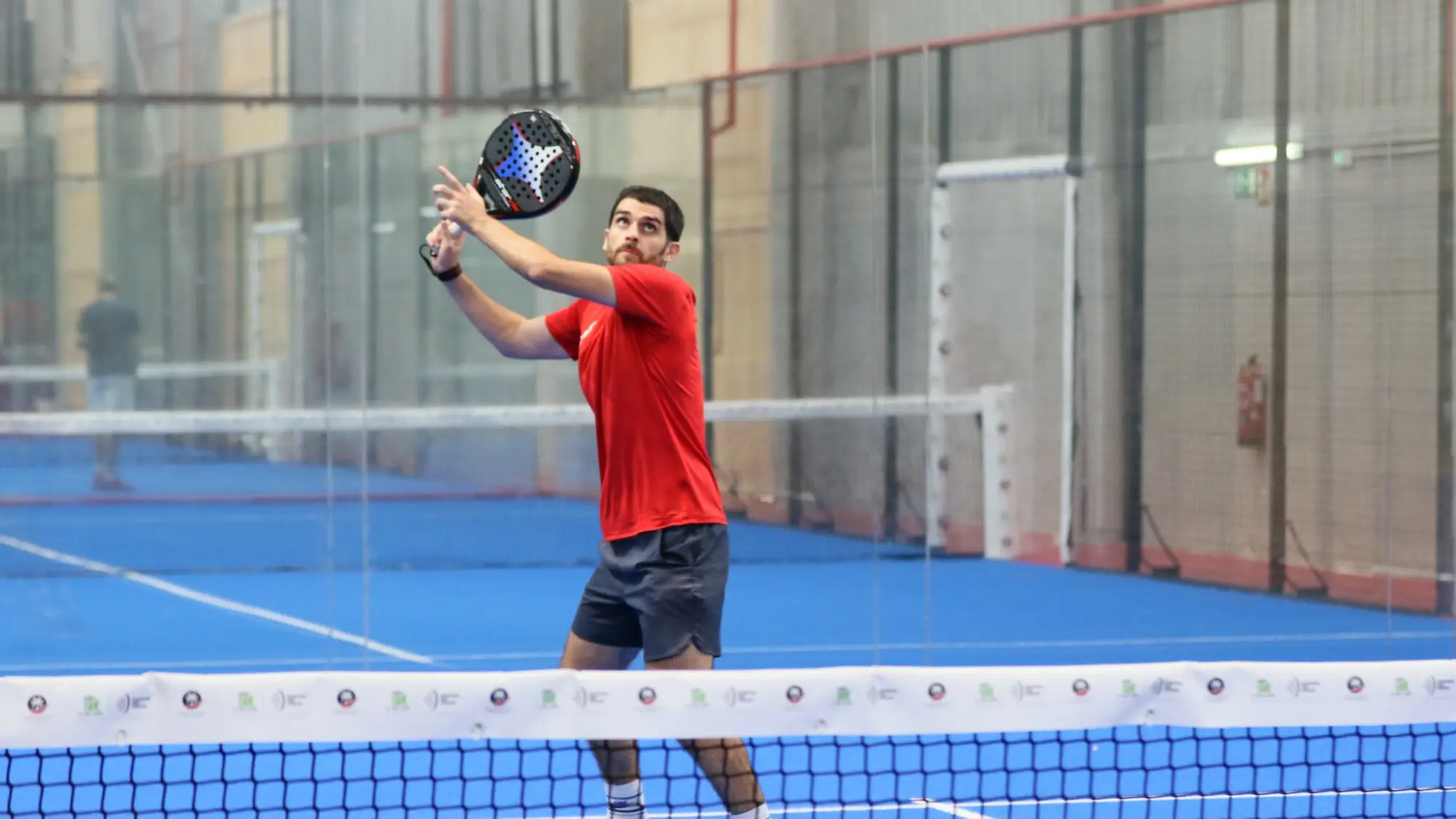 At the heart of padel – Episode 25: Paul and Andoni answer your questions
At the heart of padel – Episode 25: Paul and Andoni answer your questions Tactical padel – What to do when faced with players who systematically stay at the bottom?
Tactical padel – What to do when faced with players who systematically stay at the bottom?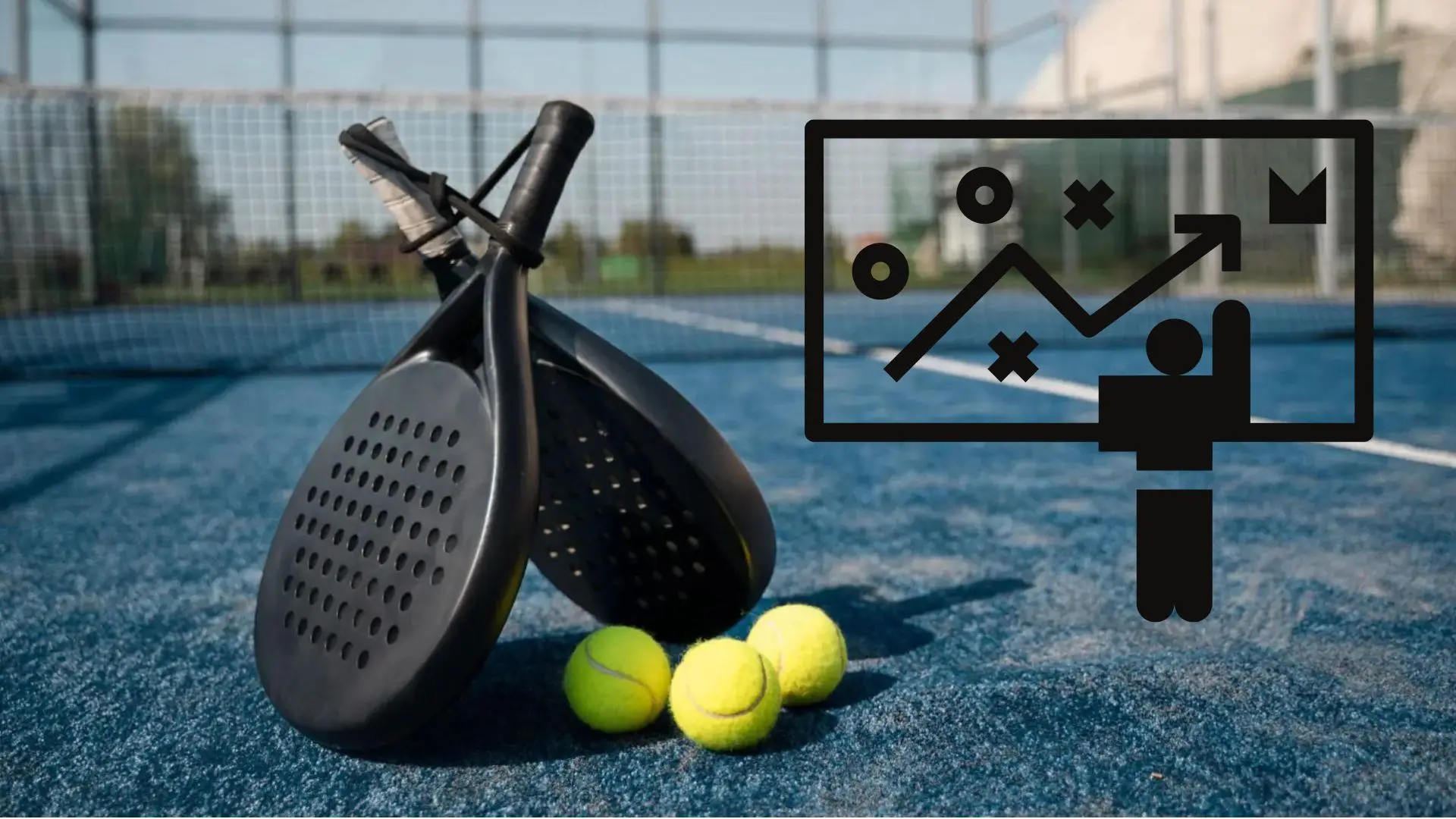 The basic tactics of padel
The basic tactics of padel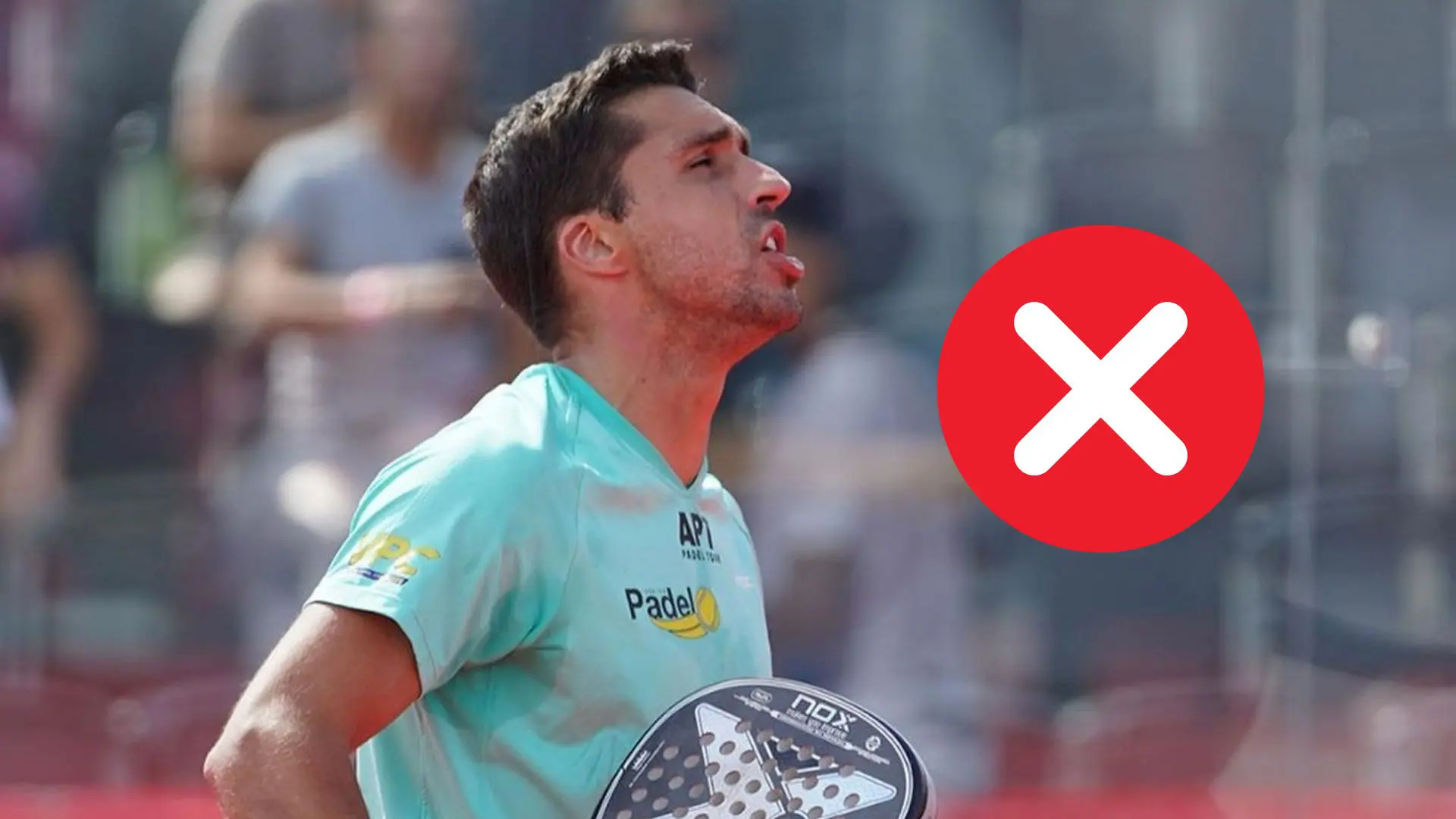 A par 4 is always a winner...even if you manage to defend it!
A par 4 is always a winner...even if you manage to defend it!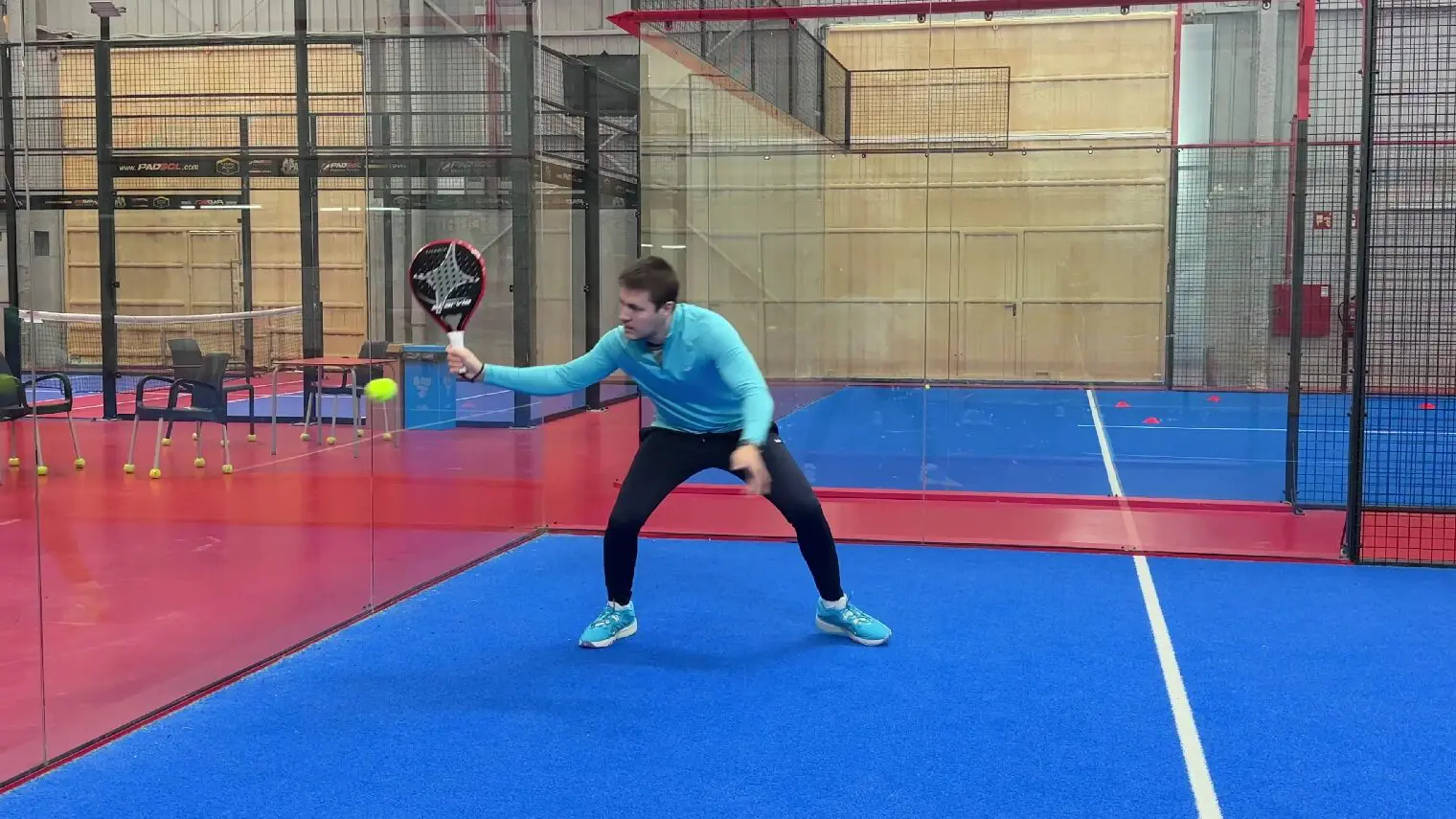 At the heart of padel – Episode 23: defend the window well
At the heart of padel – Episode 23: defend the window well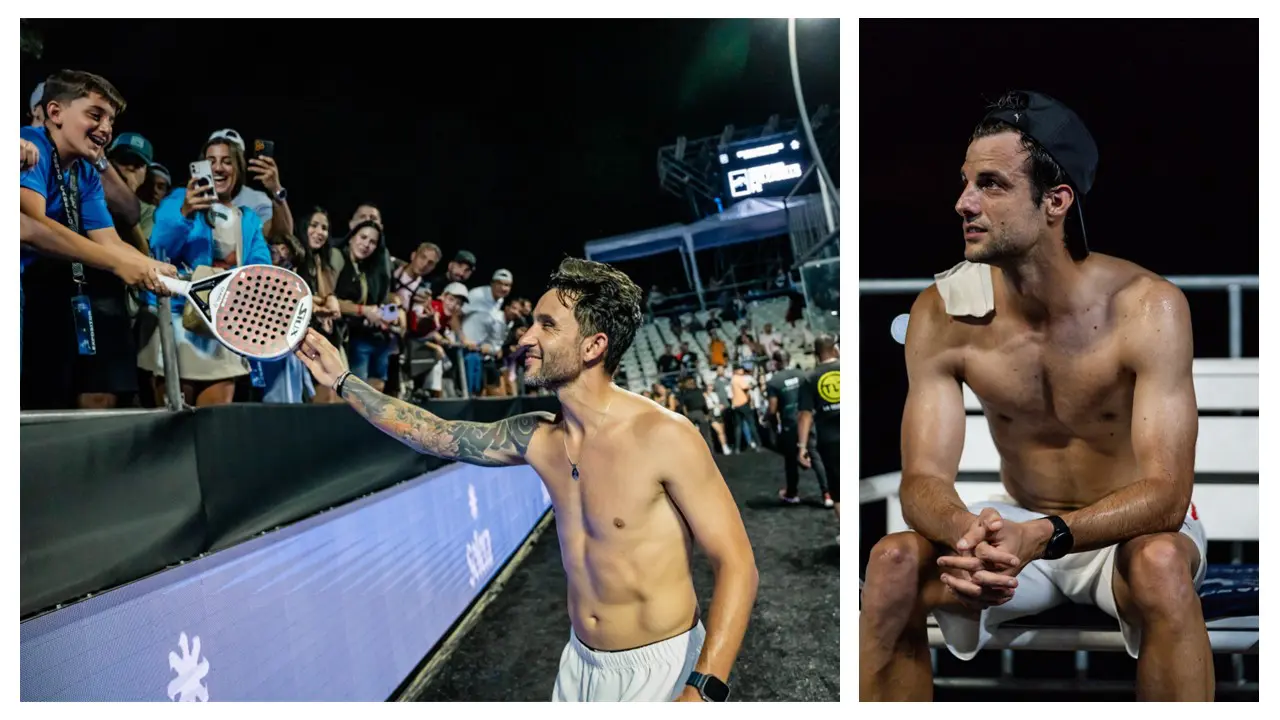 Prohibition on playing topless Padel : the reasons
Prohibition on playing topless Padel : the reasons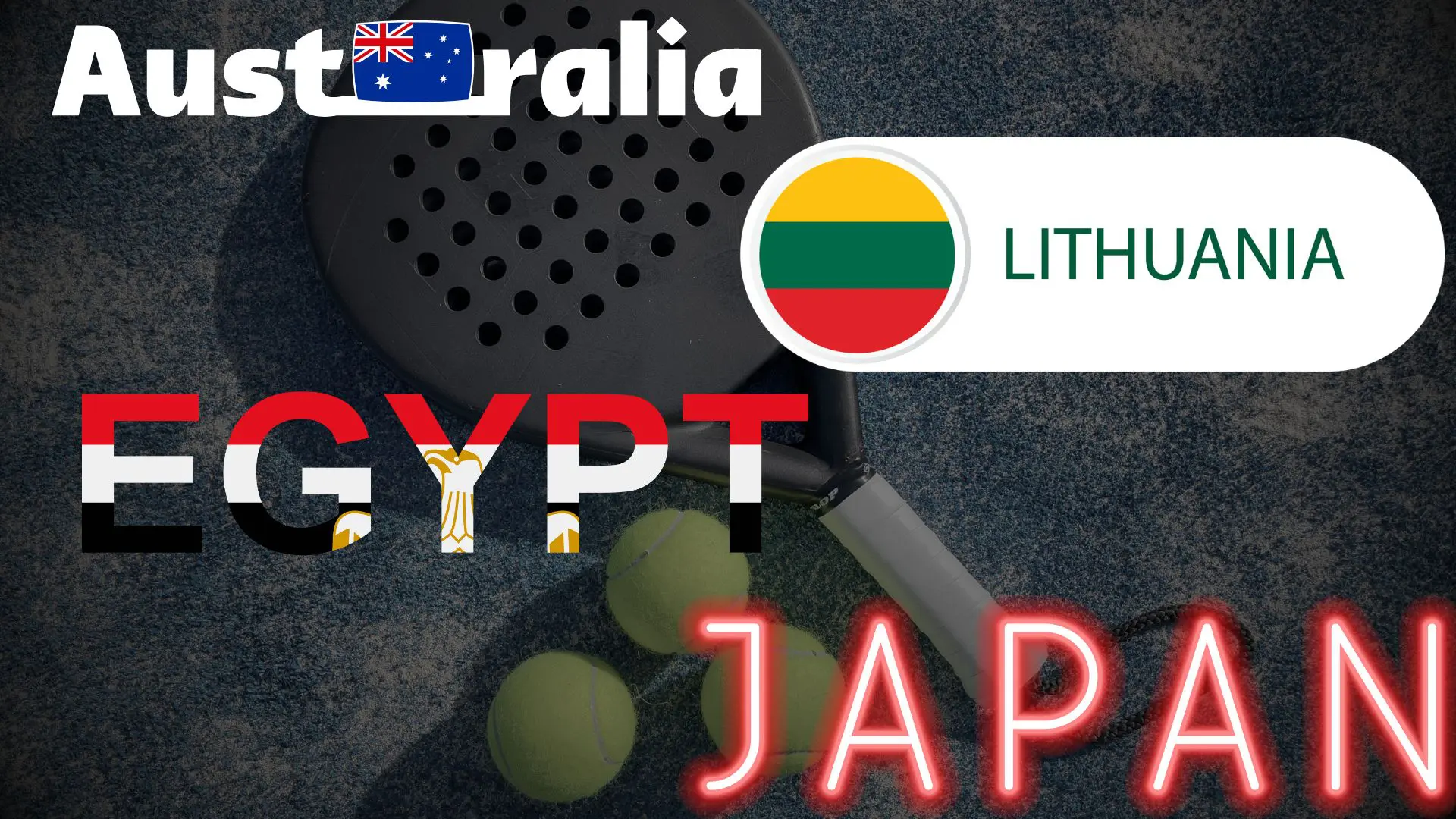 FIP Tour – Going far from Europe, THE strategy to earn points!
FIP Tour – Going far from Europe, THE strategy to earn points! What is a good football player? padel ?
What is a good football player? padel ? “Lefties give me headaches when I play against them!”
“Lefties give me headaches when I play against them!”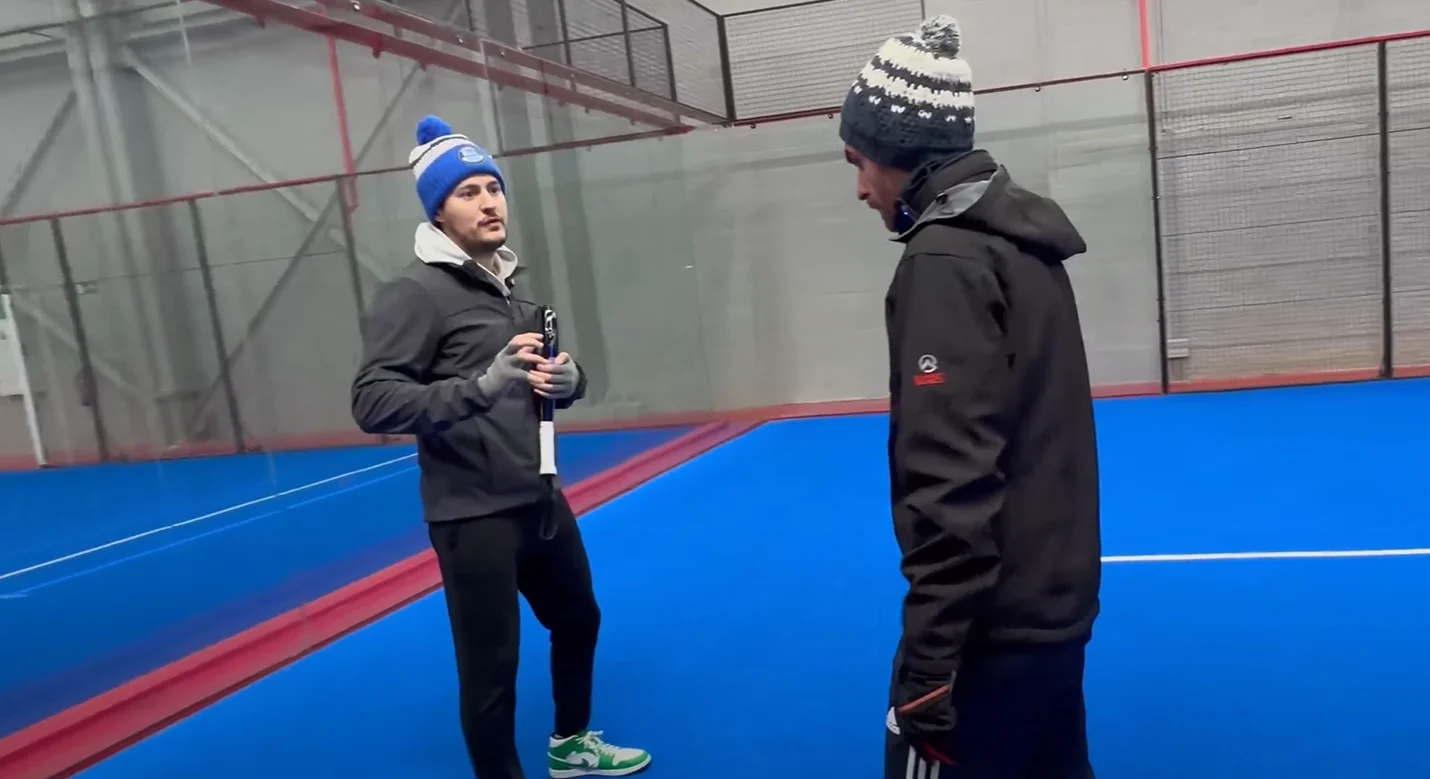 At the heart of padel – Episode 14: how to earn points in winter?
At the heart of padel – Episode 14: how to earn points in winter?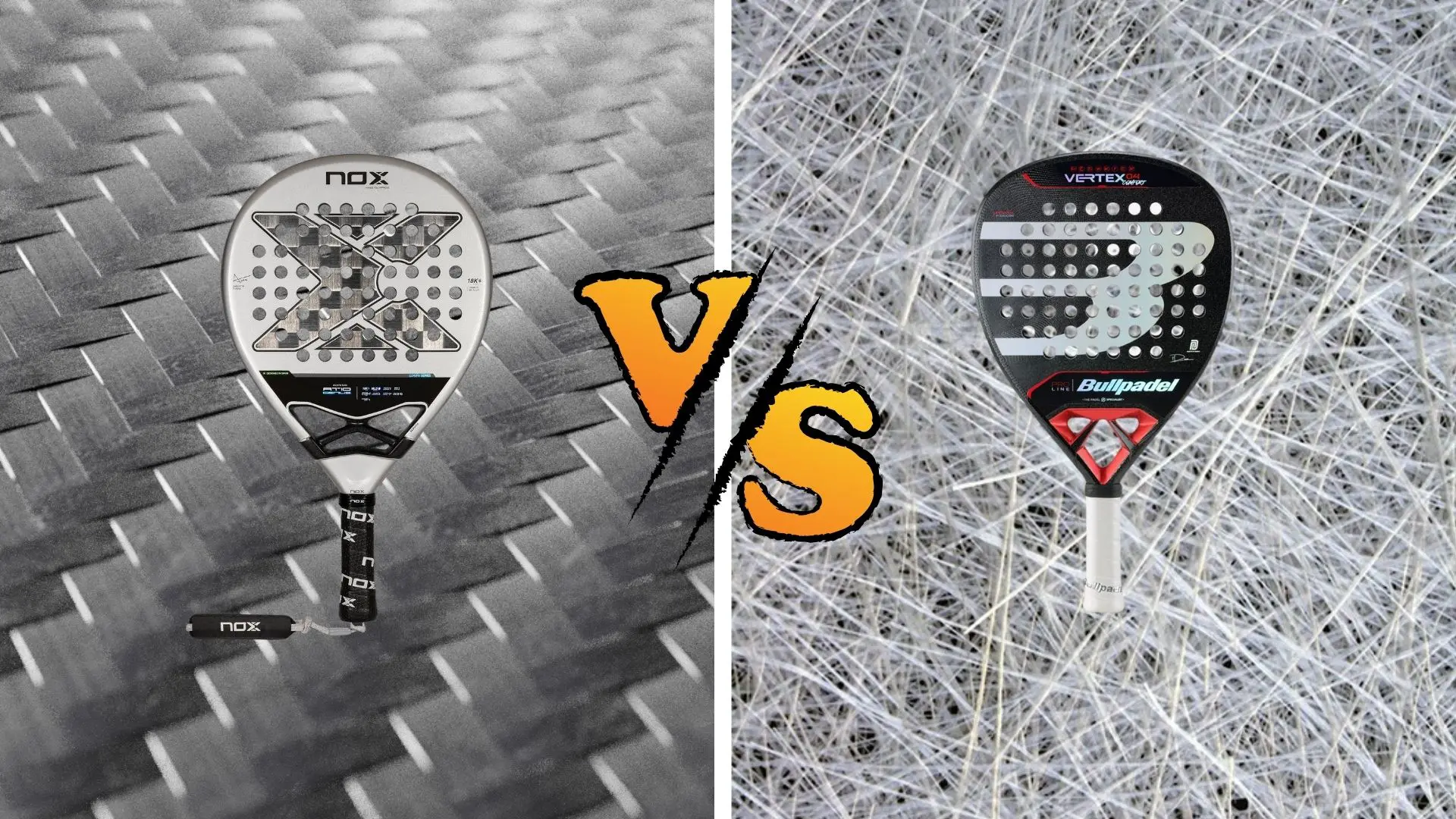 Carbon fiber VS fiberglass: what to choose?
Carbon fiber VS fiberglass: what to choose?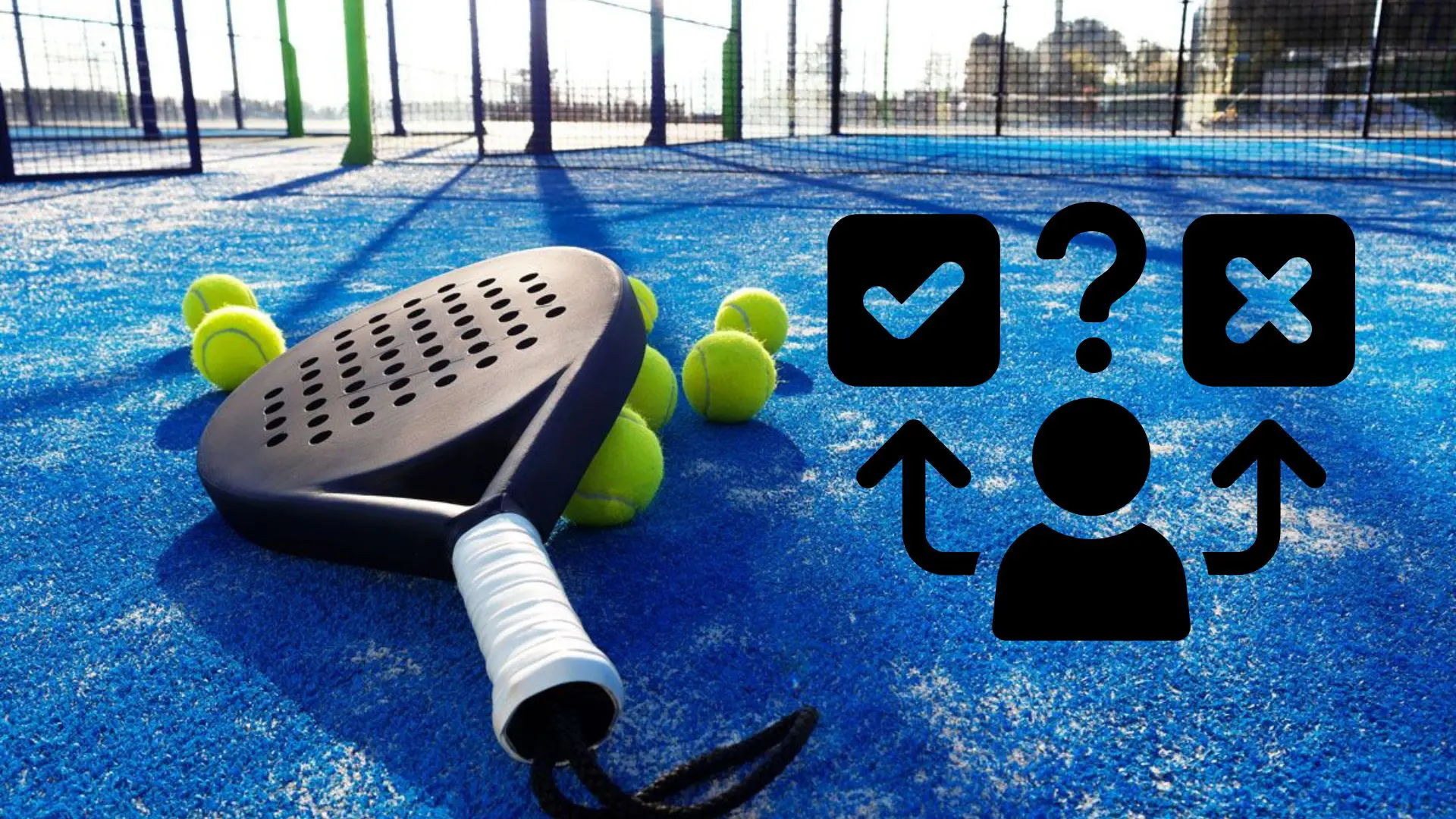 How to effectively test a racket padel ?
How to effectively test a racket padel ?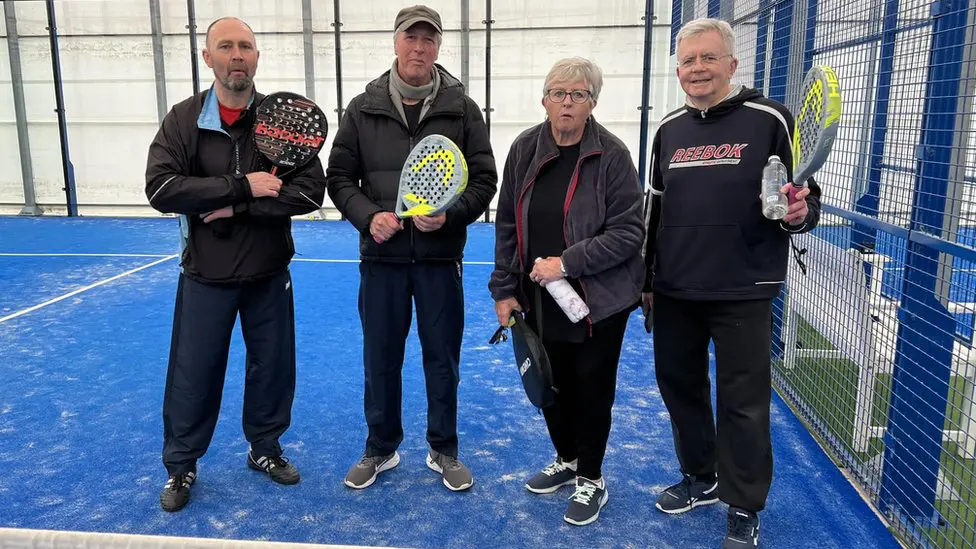 La padel to fight Parkinson's disease
La padel to fight Parkinson's disease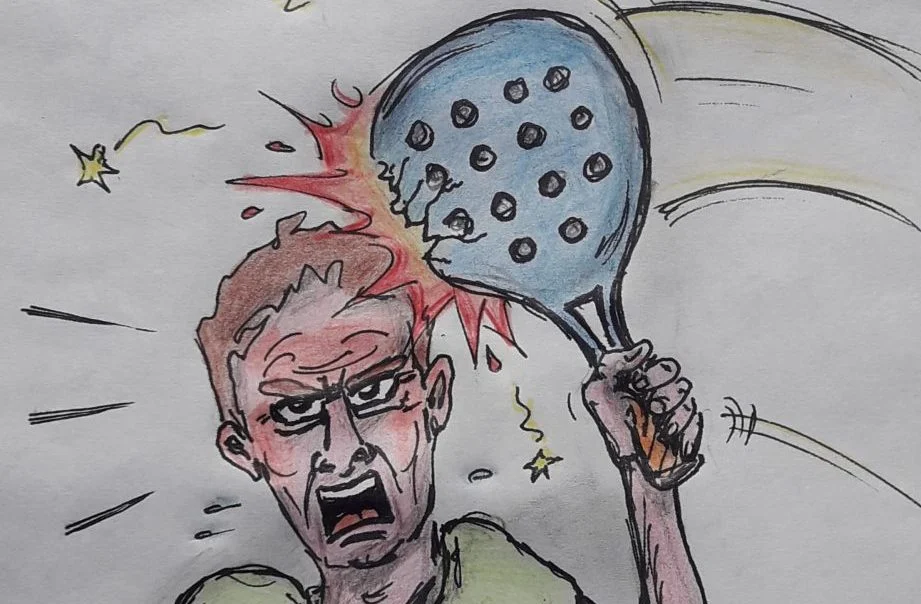 Don't play with a cracked or broken racket, your body will thank you!
Don't play with a cracked or broken racket, your body will thank you! Michel Cymes: “The padel, physically, it’s serious!”
Michel Cymes: “The padel, physically, it’s serious!”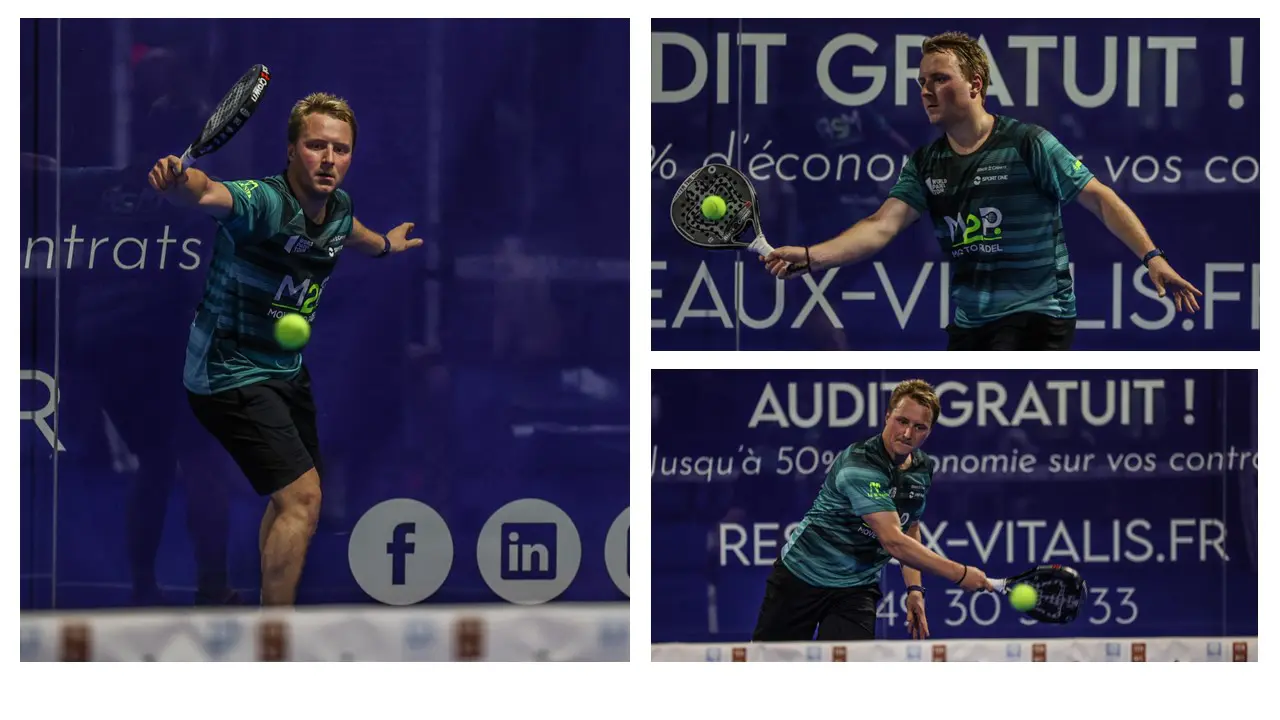 Jeremy Gala: “Promote the padel among young people in Belgium remains a challenge”
Jeremy Gala: “Promote the padel among young people in Belgium remains a challenge”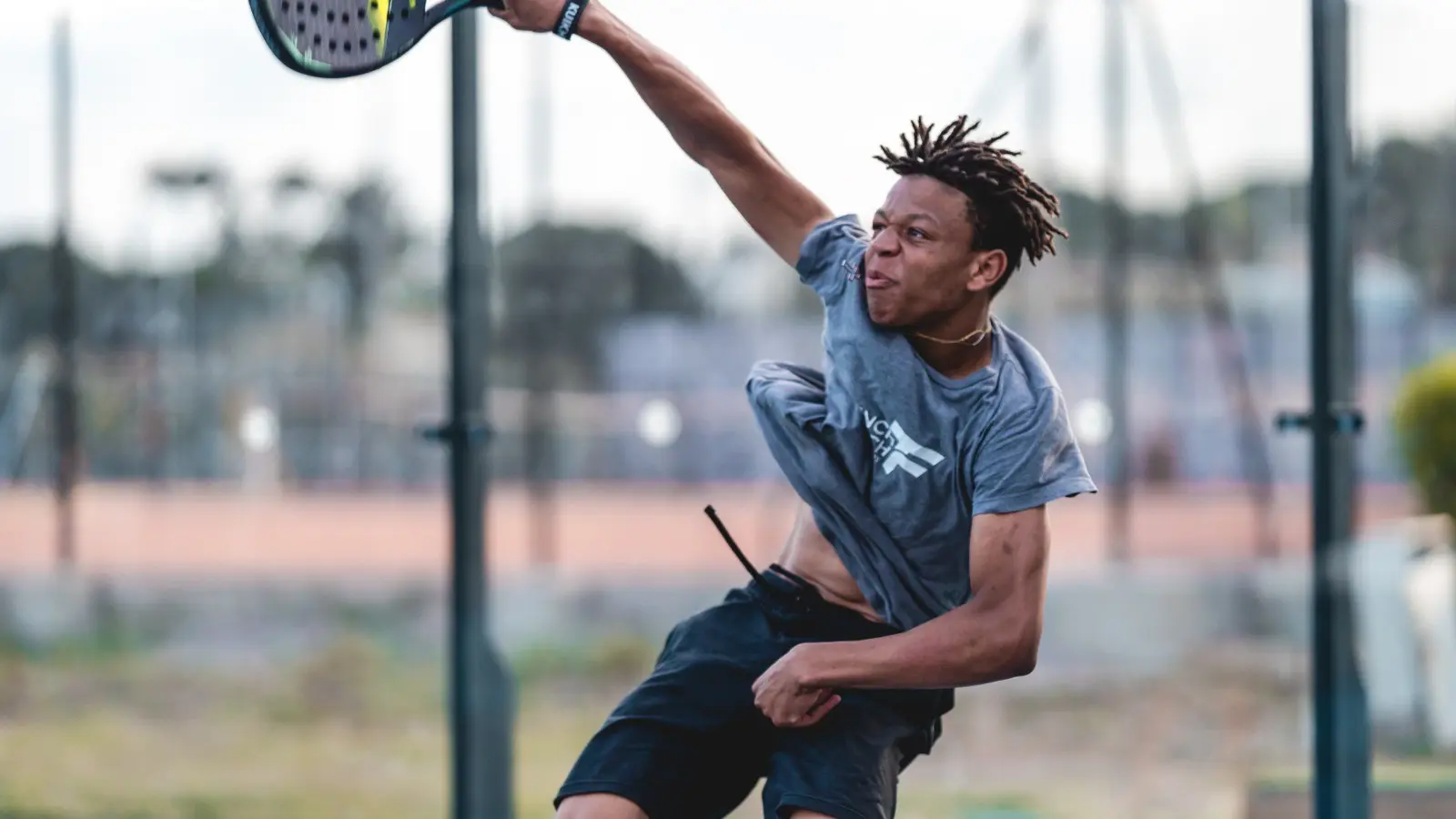 The French Touch Academy organizes its selection day Padel-Study
The French Touch Academy organizes its selection day Padel-Study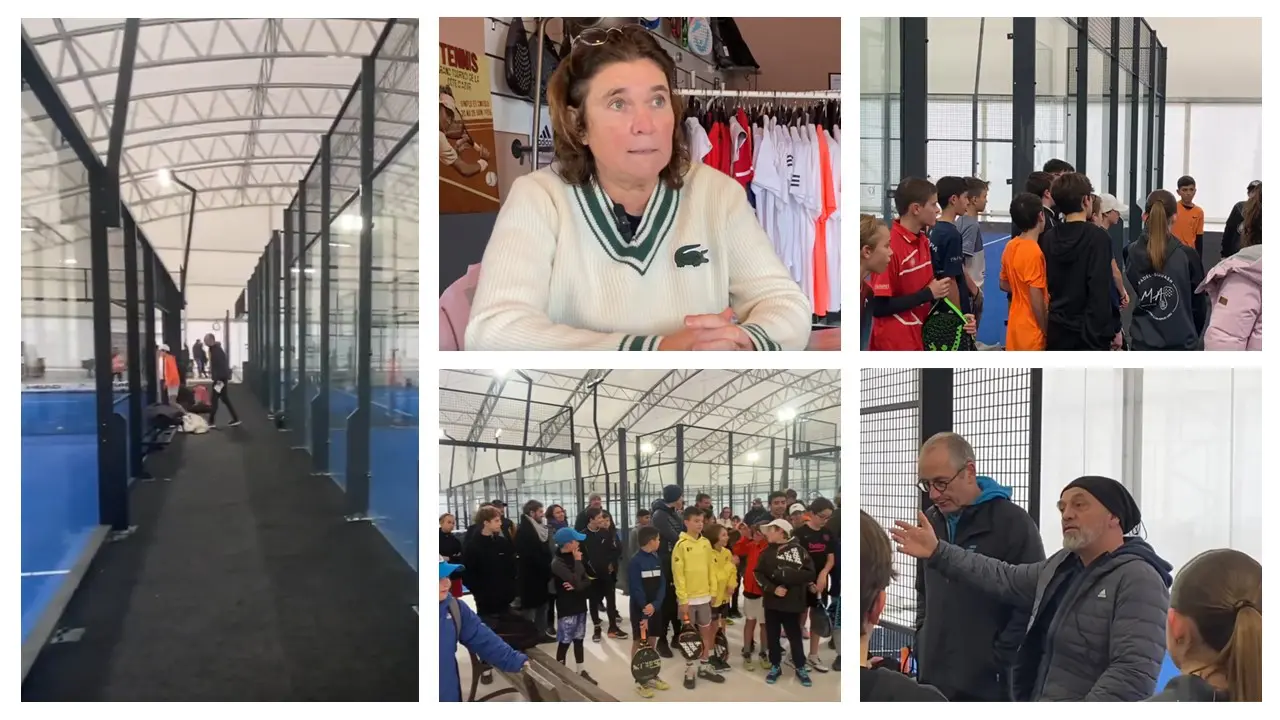 Report on the detection and training of younger generations
Report on the detection and training of younger generations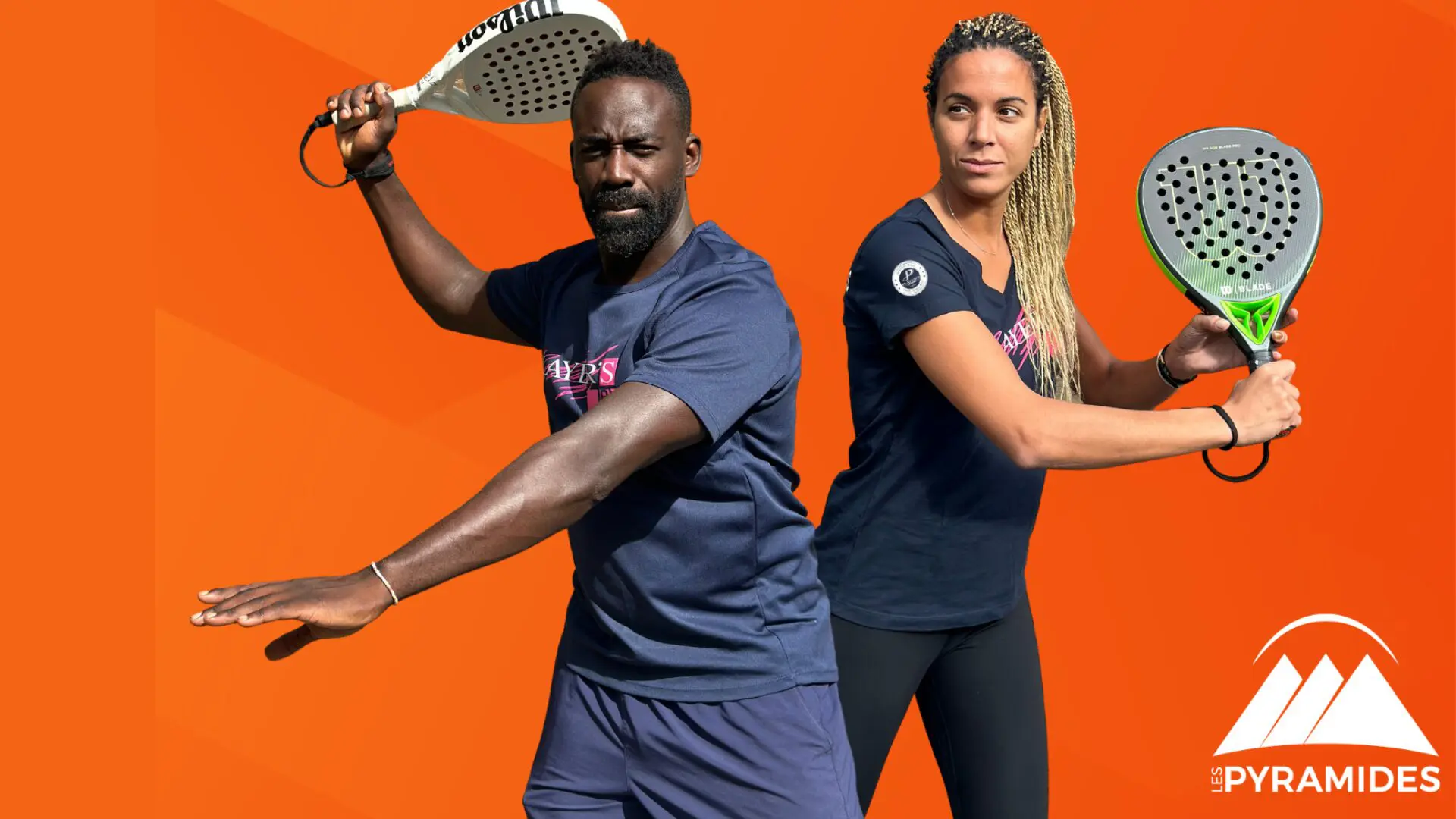 Player's adult courses from April 8 to 21, 2024!
Player's adult courses from April 8 to 21, 2024!